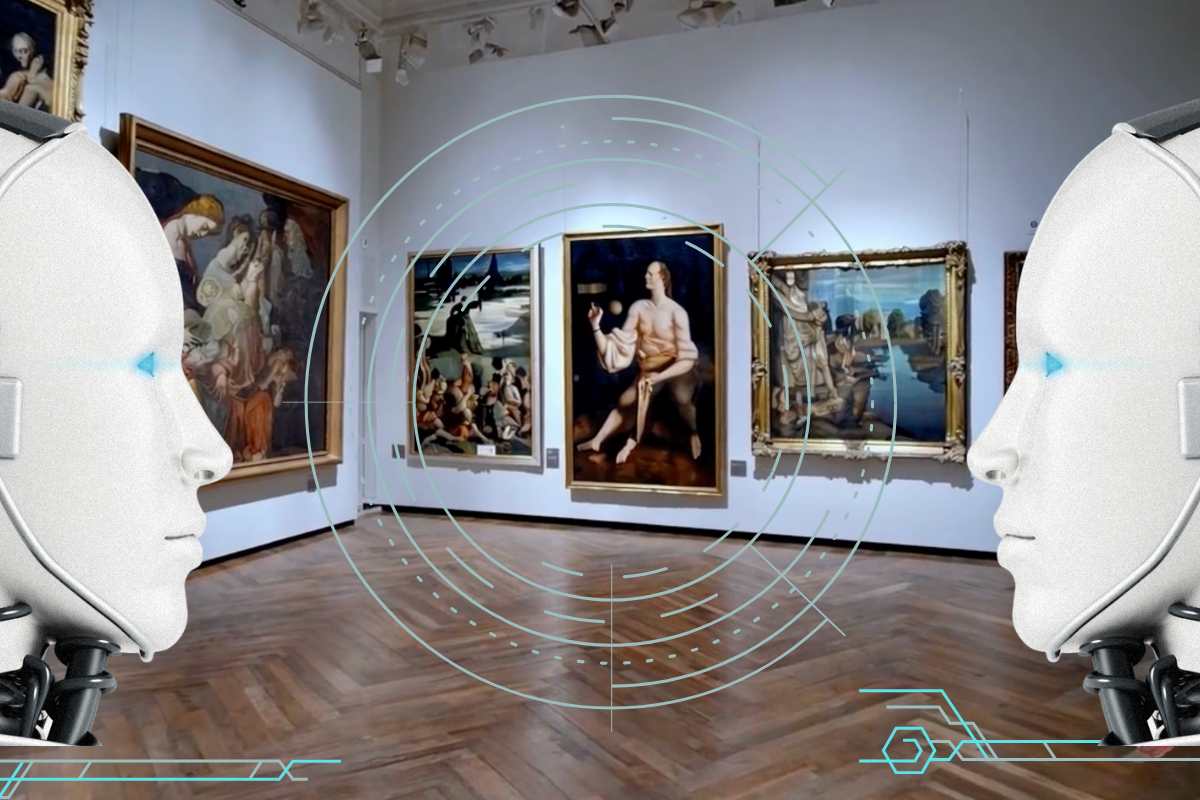Startup supported by Microsoft stunned social media with hyper-realistic videos generated from text prompts.
If you thought that AI has just transformed the entire tech landscape you were right. But even you may not have anticipated the giant leap text to AI video will take, that too, within a span of just one year.
Don’t believe me? Just have a look at the comparison below:
In a groundbreaking leap forward for artificial intelligence and visual content creation, OpenAI has unleashed Sora, a cutting-edge platform that transforms text into astonishingly lifelike videos.
The unveiling of Sora has left experts, creators, and enthusiasts alike in a state of awe and wonder. With the ability to generate immersive video content from mere text inputs, Sora represents a key moment in the convergence of AI and creative expression.
Earlier, ChatGPT, the text-based AI from the same company made the world take note and ushered the AI revolution.
Open AI on February 15, launched the revolutionary text-to-video. OpenAI said:
“We’re teaching AI to understand and simulate the physical world in motion, with the goal of training models that help people solve problems that require real-world interaction.
Introducing Sora, our text-to-video model. Sora can generate videos up to a minute long while maintaining visual quality and adherence to the user’s prompt.”
“Sora is able to generate complex scenes with multiple characters, specific types of motion, and accurate details of the subject and background,” the Microsoft-backed startup said.
“The model understands not only what the user has asked for in the prompt, but also how those things exist in the physical world.”
OpenAI CEO Sam Altman on X invited users to suggest prompts for Sora before posting results that included realistic videos of two golden retrievers podcasting on top of a mountain, a grandmother making gnocchi and marine animals taking part in a bicycle race on top of the ocean.
The hyper-realistic quality of the videos triggered astounded reactions across social media, with users describing the results as “out of this world” and a “game changer”.
“It’s been two hours and my brain still can’t process these generated OpenAI Sora videos,” X user Allen T said.
Potential problems with a revolutionary tech
The demonstration made people worried about potential problems, especially during a year with important elections worldwide, like the US presidential election in November.
OpenAI mentioned in its blog that it would take some important safety steps before releasing Sora to everyone.
“We are working with red teamers – experts in areas like misinformation, hateful content, and bias – who will test the model in challenging ways,” the company explained.
“We’re also making tools to find misleading content, like a detector that can tell if a video was made by Sora.”
OpenAI also admitted that Sora has weaknesses, such as problems with continuity and telling left from right.
“For example, someone might bite a cookie, but later, the cookie might not show a bite mark,” said the San Francisco-based startup.
Other companies like Meta and Google have shown their own text-to-video AI technology, but their models haven’t created results as realistic as Sora’s.
It must be noted that Sora is not available for public usage yet and OpenAI has released little information about how it actually works and how the model was created.
The future of video creation
With Sora’s intuitive interface and automated processes, virtually anyone can now bring their ideas to life in stunning visual form.
The movie and entertainment industry stands on the cusp of a revolution with the advent of Sora. This innovative text-to-video AI technology has the potential to disrupt traditional filmmaking processes and unlock new avenues for creativity.
While Sora’s current capabilities may not yet rival those of seasoned Hollywood directors and production teams, its rapid evolution suggests a future where AI-driven filmmaking becomes increasingly prevalent.
As filmmakers integrate AI technologies into their workflows, they must navigate ethical considerations surrounding intellectual property, data privacy, and the potential displacement of human creativity and labor.
Additionally, the quest for authenticity and originality in storytelling may confront new tensions as AI-generated content blurs the line between human and machine authorship.
Currently, the new AI software is exclusively accessible for red team testing. This phase aids developers in identifying any potential flaws within its development and coding.
Meanwhile, OpenAI is concurrently developing tools designed to differentiate videos created by AI from those produced through traditional means.


